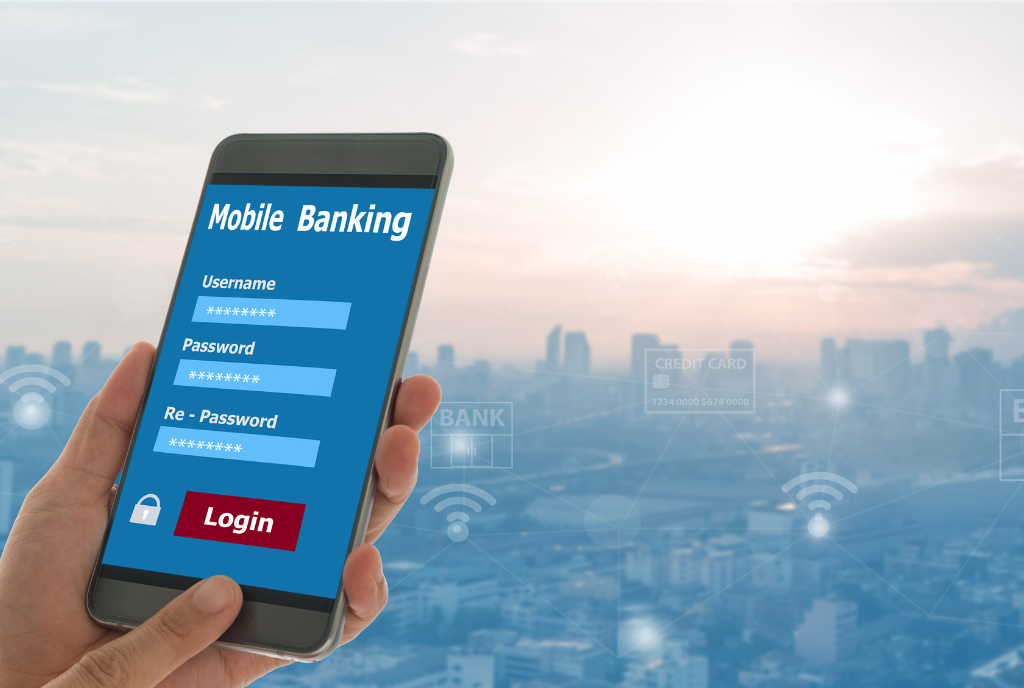Resource Corner
Tips for Securing Your Mobile Banking App

- Always lock mobile devices. If a physical device falls into the hands of a criminal, the first thing they should be faced with is security, particularly where access to finances and other data is concerned. Also, be sure to store your device in a secure location.
- Only use official routes to communicate with financial institutions. Ensuring users stick to the official ways of contacting and receiving information from their banks is key. Mobile banking shouldn't dramatically change the way banks communicate, so ignoring links to sites in emails requesting details, unusual texts, or other messages, is advice worth noting when using a smartphone as it is when using a desktop PC, tablet or laptop.
- Be aware of connection services. Public Wi-Fi is far easier to 'sniff' for data than mobile data connections provided by a network operator. Unless you are 100% sure of the security and trust the connection, think twice about dealing with personal finances over it. Installing trusted security software will help prevent malware – the cybercriminal's number one tool – from logging keystrokes or gaining access to your device.
- Be careful what you download. It's possible that mobile banking sessions could come under threat from code carried by other applications downloaded. While security software can scan for threats on a device, be aware of information entered onto a device and try to stick to well-regarded or official sources of applications or content. To ensure the safety of your personal account information, download mobile apps from reputable sources only.
- Set up your phone to encrypt data. Make sure your phone has an application to encrypt all stored data. Then, use it to protect sensitive messages from your financial institution and pictures of valid checks. Photos of checks and other sensitive banking data may be stored on your phone’s memory expansion card. Even if the phone itself is secured with encryption, the card probably is not. Note that older phones may not have enough power to run encryption software.
- Download anti-virus software and enable firewall protection for your cell phone. Make sure to update it regularly.
- Never respond to email messages from your financial institution that request personal information. Banks or Credit Unions never ask for this information by email. Mark it as spam, and delete it. Next, delete all your cached content (sent messages, received messages, etc.) on a regular basis. Finally, check your browser security settings to help filter out phishing emails.
- Be skeptical about text messages. Before opening a text that appears to be from your bank, and especially before hitting “reply,” call your financial institution first to make sure the message is actually from them. Never disclose any personal information via text message (account numbers, passwords, or any combination of sensitive information like your social security number or birth date that could be used in ID theft).
- Sign Off When Done. For your security, sign off when you finish using a mobile banking app rather than just closing it.
- Lost Phone. If you lose your mobile device or change your mobile phone number, remove the old number from your mobile banking profile ASAP. Contact your mobile carrier ASAP for assistance in handling your lost or stolen phone/device.